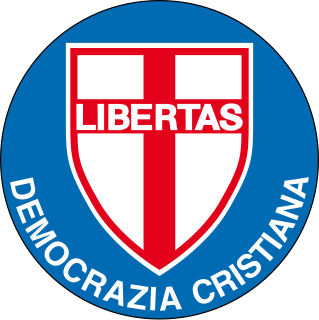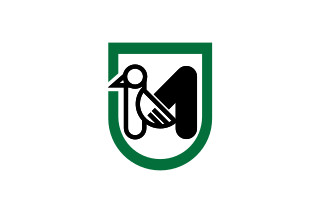 |
|---|
| This article is part of a series on the politics and government of Friuli-Venezia Giulia |
|
The Friuli-Venezia Giulia regional election of 1978 took place on 25 June 1978.
Christian Democracy was by far the largest party, largely ahead of the Italian Communist Party which came second. The regionalist parties, Friuli Movement, Slovene Union and the recently formed List for Trieste (which stole many votes from the mainstream social-democratic parties), had a total score of more than 10% for the first time.

Christian Democracy was a Christian democratic political party in Italy.

The Italian Communist Party was a communist political party in Italy.

The Friuli Movement is a regionalist political party in Friuli, Italy.
After the election Antonio Comelli, the incumbent Christian Democratic President, formed a one-party government. In 1980 he managed to enlarge his cabinet to the Italian Socialist Party, the Italian Democratic Socialist Party, the Italian Republican Party and the Italian Liberal Party. [1]

The Italian Socialist Party was a socialist and later social-democratic political party in Italy. Founded in Genoa in 1892, the PSI dominated the Italian left until after World War II, when it was eclipsed in status by the Italian Communist Party. The Socialists came to special prominence in the 1980s, when their leader Bettino Craxi, who had severed the residual ties with the Soviet Union and re-branded the party as liberal-socialist, served as Prime Minister (1983–1987). The PSI was disbanded in 1994 as a result of the Tangentopoli scandals. Prior to World War I, future dictator Benito Mussolini was a member of the PSI.

The Italian Democratic Socialist Party was a minor social-democratic political party in Italy. The PSDI, before the 1990s decline in votes and members, had been an important force in Italian politics, being the longest serving partner in government for Christian Democracy. The party's founder and longstanding leader was Giuseppe Saragat, who served as President of the Italian Republic from 1964 to 1971.

The Italian Republican Party is a liberal and social-liberal political party in Italy. Founded in 1895, the PRI is the oldest political party still active in Italy.






